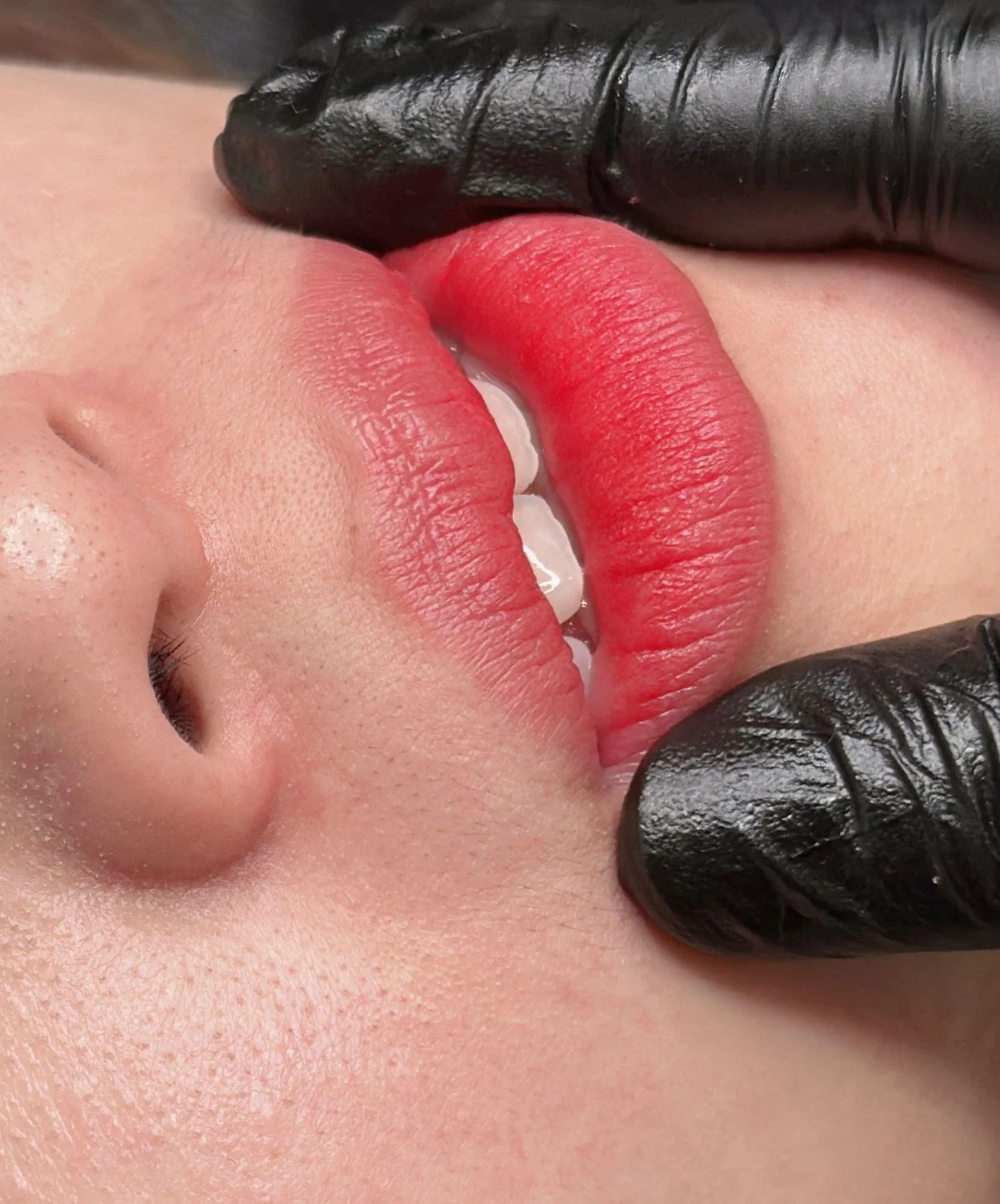A Space Where Artists Shine & Clients Glow
Your Glow
Starts Here ✨
What started as a small studio is now a beauty collective — a curated platform that brings together talented artists and trusted studios who share our gentle, natural and aesthetic approach. Whether you choose a Resident Artist or one of our Partner Studios, all bookings and aftercare are handled by Gentle Cactus , so your experience is always seamless.
More artists. More studios. Same gentle philosophy.
Meet Your Artist 🩵
-

Resident Artist
Rykiel
Specialty : GentleRefine BrowsWith 9 years of experience and numerous certifications, she’s cherished by clients for her gentle touch and calm, professional energy that make every visit both relaxing and personalized.
🏅 Awarded Best Hairline Micropigmentation (SPM) by Women’s Weekly
💖 Recognized for the Most Gentle Lash Lift by Women’s Weekly -

Partner Studio
Brownee Studio by Sherrey
Specialty : Lipblush
With 3 years of experience and known as a gentle perfectionist, she delivers flawless results with calm professionalism and meticulous care.🏆 Malaysia Glory Cup – 全能技艺奖 (All-Round Skills Award)
🥈 AIBA Malaysia – Silver Award -

Partner Artist
Miss STS
Specialty : Lash Extensions
With 4 years of experience in lash artistry, she brings both expertise and passion to every client. Her delicate touch and eye for detail create personalized results that enhance natural elegance and celebrate each client’s unique beauty.
Book Your Glow ✨
Why Gentle Cactus?
Why Gentle Cactus?
“At Gentle Cactus, we believe that beauty should feel as good as it looks. That’s why we specialize in treatments that celebrate your natural features — with soft techniques, high-quality pigments, and a touch as light as air. We’re here to help you feel effortlessly radiant.”
Awarded by Women’s Weekly















